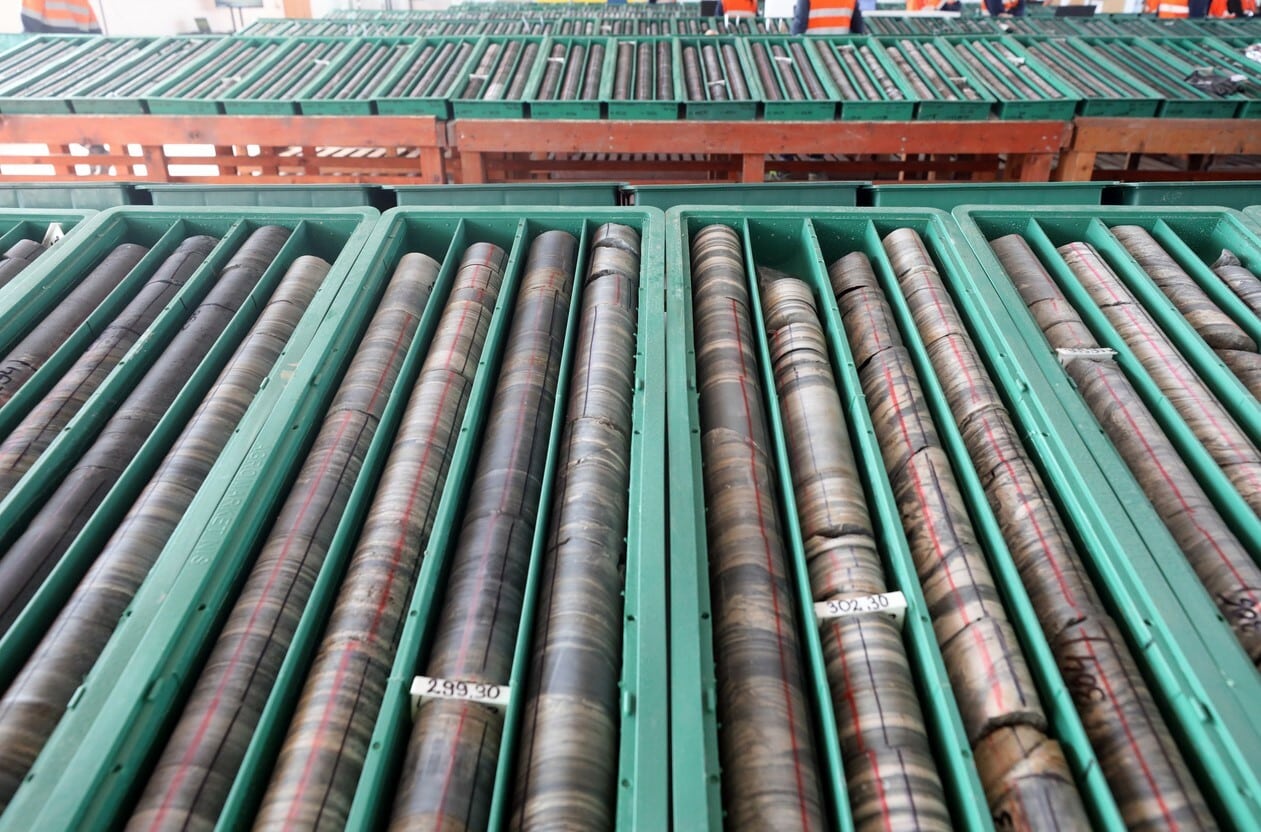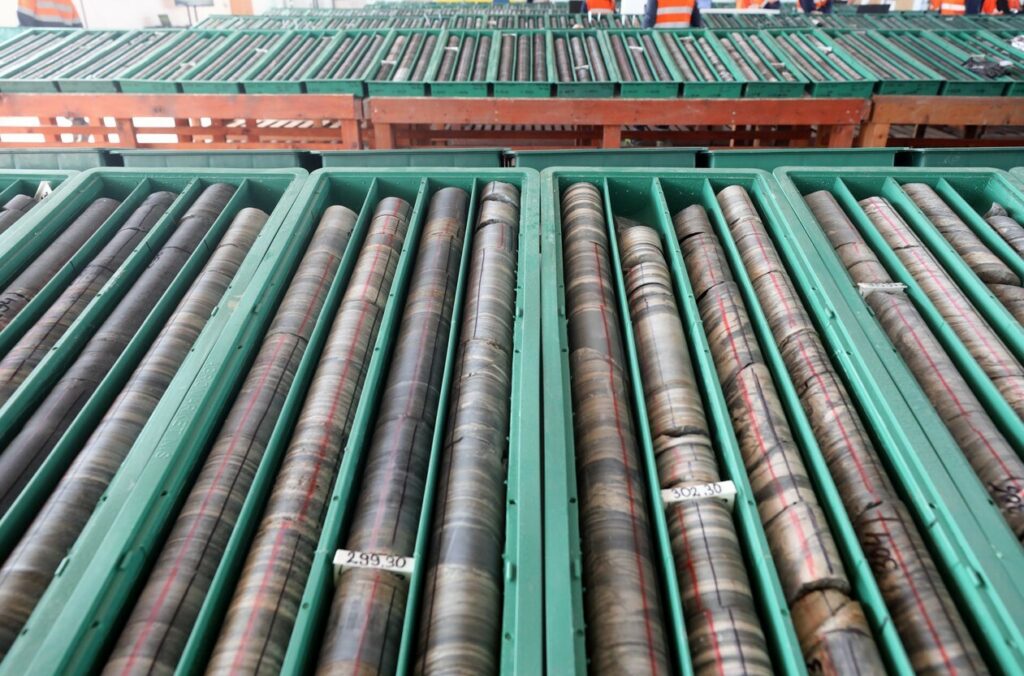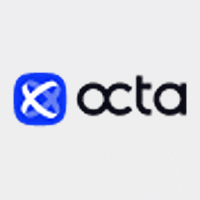

When retail traders hear about trading metals in the commodities markets, their first thoughts are typically focused on the precious metals sector. There is a great deal of press surrounding gold, silver and even more precious items such as palladium or platinum. There is, however, another metals sector that is often overlooked, and that is the market for base metals. These commodities are often easier to mine, lower priced, and broadly used in all manner of commercial and industrial applications. Brokers can provide access to live charts and a variety of ways to trade.
Base Metals Explained
This sector includes copper, aluminium, lead, nickel and zinc. There are a few distinguishing factors for these base metals. They are more plentiful and easier to mine than their precious metal brethren. They also tend to oxidise or tarnish quickly when left to bear the corrosive effects of air and water. Base metals trading also tends to focus on a singular metal, not any common alloys such as brass, which is a combination of copper and zinc. One metal also missing from this grouping is iron or any of its many alloys in the form of stainless steel, cast-iron steel, carbon steel or any other combinations, including the base metals themselves.
The term ‘base’ was applied to these metals as their usage is basic in a multitude of industrial areas where construction and manufacturing are key to producing a final product in the global economy. Demand dynamics are buoyed by economic growth, but prices can move as radically as with precious metals, though these items are more abundant across the globe. Lastly, the costs of extracting them from the Earth’s service are inexpensive compared to those similarly related costs for gold or silver.
The leader in the group is undoubtedly copper. It is often referred to as the bellwether of the global economy. Economic growth will require electricity to grow in tandem, which translates to heavier demand for copper wiring and tubing. Tonnage production exceeds 20 million metric tonnes per year, and annual growth rate data reflects stability and rates as high as 10% per annum. When copper prices begin to rise, it is a good sign of increased economic activity to come, but the opposite is also true. A downturn in copper prices can suggest the possibility of an economic slowdown.
Copper
The foremost member of the base metals group is copper. Copper deposits are in abundance across the planet, and it would be difficult to imagine building any industrial infrastructure in which copper did not play a prominent role. Demand for related commercial and industrial components tends to precede or follow the advent of economic activity, whether positive or negative.
As a bellwether of the global economy, traders can easily correlate the price of copper with projections of GDP growth across the globe. This correlation breaks down, however, when supplies increase or dwindle due to mining issues related to timing, investment and management errors. Gone are the days of having only futures and options contracts to trade copper. Brokers now offer CFDs, ETFs and access to bullion sellers where storage and security factor in.
Aluminium
As with copper, aluminium (or aluminum in some markets) is abundant, easy to mine and factors prominently in the manufacture of all kinds of products from automobiles to anything requiring a lightweight metal sub-structure. The aluminium market, however, unlike copper, does not tend to be as stable or as consistent in its growth prospects. The primary reason for this unevenness is due to the ebbs and flows of the Chinese economy.
China is the world’s largest producer and consumer of aluminium. Its economy has slowed in recent years, resulting in an oversupply of the light base metal. When China dumps excess supply on the global market, aluminium prices suffer. A strengthening US dollar during the COVID-19 pandemic has also led to falling prices, and other metal substitutes have gained traction in recent years. Trading methods follow those for copper, with CFDs offering a popular choice with leading brokers.
Lead
Do you want to speculate on the automobile market but shy away from automobile manufacturers? If so, trading in lead may be a better way to go. Globalisation has led to increasing demand for automobiles in developing economies across the world, and the major component in car batteries is lead. Lead can also be a hedge for the US dollar, and, if and when the global economy challenges the US market again following the pandemic, a declining USD would favour investments in this heavy metal.
Trading lead can be varied. Futures, options, ETFs, CFDs, bullion purchases and even stocks in lead mining companies are alternative ways to approach this market. What should traders pay close attention to going forward? As with aluminium, China is the largest consumer of lead. As its economy recovers, lead prices will reflect its prospects. As smelting lead is energy intensive, low energy costs can lead to higher supply. Health concerns and interest rates are other influencing factors that must also be taken into account.
Nickel
Nickel is a major component in the manufacturing of stainless steel and its multitude of related products. It is also key in the expansion of existing or the development of new infrastructure projects, which can include industrial equipment, bridges, buildings, storage tanks and more. China is also a key player in the nickel scene, and fluctuations in its economic progress and continuing urbanisation can have serious impacts on nickel valuations.
Unlike most of the other base metals, nickel supplies are limited. US dollar impacts are also a factor to reckon with, but inflation fears can actually benefit demand for nickel when and if supplies are lacking. A keen trader will watch for these subtle plays on the international scene and benefit from the resulting volatility. Some brokers offer the full gamut of trading options, but savvy investors often use nickel as a way to diversify their overall stock portfolio.
Zinc
In many ways, trading in Zinc is very similar to trading in nickel. Zinc is involved in the galvanisation of several metals such as steel, iron and various zinc alloys, and it is also intertwined in the infrastructure of global economic activity. Speculating on zinc prices similarly are bets on the global economy, the interplay of interest rates, inflation and the US dollar, and another method for achieving diversification in one’s stock portfolio.
Demand for zinc is closely tied to China, its largest consumer, and US economic prospects. For zinc prices to rise, there will need to be a rebound in industrial infrastructure, automobile manufacturing and broad-based infrastructure upgrade projects. On the downside, mining of this base metal faces challenges due to high costs and pollution concerns, but plant shutdowns could actually lead to lower supplies and higher prices. Traders prefer CFDs, as they require no outlays for the purchase of the underlying asset, and they do not have expiration dates.
How to Trade Base Metals
Trading commodities can be exciting and risky, as demand and supply forces ebb and flow based on several fundamental criteria. Volatility is normal, which means that opportunities for profit can be abundant even for the average retail trader. Over the past few decades, the brokerage industry has expanded the ways that a single trader can approach these markets. There are now several avenues, each varying in potential risk, but each also offering a unique perspective on how to gain from following the base metals market.
Conservative traders may wish to look elsewhere or at least try the methods that allow for less volatility. Commodity trading actually sits near the top of the risk pyramid, which suggests that more training and practice on a free demo system are prerequisites for success in this arena. Prices are more often than not denominated in US dollars, which implies that your holdings may also offer an excellent hedge against downward fluctuations in USD prices in the market.
Banks, hedge funds and wealthy investors may drive price action in major commodity futures and options exchanges, but the average trader need not be concerned about barriers to entry in these professionally driven markets. Access may be limited, but brokers have created other ways to trade base metals, which may preclude the vagaries and risks of pure futures/options trading.
Long-term investors may prefer to buy these metals in a bullion market and carry the actual metal in their portfolio, but there are four other common methods for trading base metals in today’s milieu of brokerage offerings:
Futures Contracts and Options: Exchanges such as the CME and ICE deal predominantly in all kinds of futures and options contracts in a standardised form. These exchanges evolved to protect both producers and the ultimate users of the commodity from large price swings in the market. Dealing directly in the options market can be complicated and reserved for professional traders. Brokers, however, have developed three other ways to trade base metals, based on the activities in these exchanges and in stock markets.
Commingled Funds: Exchange-traded funds (ETFs), mutual funds or exchange-traded notes (ETNs) have removed the need to deal directly in commodity exchanges by having professional traders buy and sell contracts for their respective fund portfolio. Shares for ETFs can be traded directly in stock markets, for example, where prices vary in line with major commodity exchange valuations.
Contracts for Difference (CFD): The newest and generally most popular way to trade base metals in today’s market are through CFDs offered by your broker. There is a low cost of entry, and you may also prudently employ leverage when you speculate on the direction that future price behaviour might take. A CFD is a derivative, a contract between you and your broker, and it does not require that you purchase the underlying asset or risk taking delivery of the actual commodity.
Commodity-Related Stock Company: Lastly, conservative traders may prefer the lower volatility offered when trading with a mining company with a focus on mining the metal you wish to trade. There are different risks that apply to stock trading, and most mining companies tend to mine a variety of metals, not just one. A trader will also be betting on the expertise of the management team, which can pose other issues.
The Pros and Cons of Trading Base Metals
Base metals can be an attractive sector for the informed trader due to their many unique properties. They are relatively inexpensive when compared to precious metals such as gold or silver. Their unique characteristics generally cannot be replicated by other metal substitutes, though technology is always looking for better approaches in all areas. Generally, these metals are heavily entwined in commercial and industrial processes, thereby leading to close correlations with global economic activity.
There are, however, a few downside risks that must be taken into consideration. Mining costs and pollution concerns can result in supply disruptions. These base metals can also corrode over time from exposure to air and moisture, one reason why they have rarely been used for producing coinage. Serious volatility can also come into play, when industrial demand plummets and supply gluts rule the markets. When conditions reverse, rising prices can result in ample opportunities for trading profits over time.
Related articles:
- What is a Commodity?
- Commodity Trading Explained – Agriculture
- Commodity Trading Explained – Energy
- Commodity Trading Explained – Precious Metals
The Best Commodity Brokers
Are you interested in trading base metals in the commodity market? Not every broker is the same when it offers trading in commodities, but we can help you find the very best fit for you, based on your goals and objectives. Our staff continually reviews and updates its appraisals of the best commodity brokers in the global brokerage community. Our current grouping of the best brokers in this sector are detailed below. Each broker is safe and secure, heavily regulated, and has a strong track record for excellent performance, a broad-based offering and stellar customer service. You may easily find an outstanding broker within the below list.
| Broker | Features | Regulator | Platforms | Next Step | |
|---|---|---|---|---|---|
 Your capital is at risk
Founded: 2014 Your capital is at risk
Founded: 2014 |
|
FSPR | MT4 | ||
 Your capital is at risk
Founded: 2006 Your capital is at risk
Founded: 2006Europe* CFDs ar... |
|
ASIC, FSA, FSB, MiFID | MetaTrader4, Sirix, AvaOptions, AvaTrader, Mirror Trader | ||
 Between 74-89% of CFD traders lose
Founded: 2010 Between 74-89% of CFD traders lose
Founded: 2010Between 74-89 % of retail investor accounts lose money when trading CFDs |
|
ASIC, FCA | MetaTrader 4, MetaTrader 5, cTrader | ||
 Your capital is at risk
Founded: 2009, 2015, 2017 Your capital is at risk
Founded: 2009, 2015, 2017 |
|
ASIC, CySEC, IFSC | MT4 Terminal, MT4 for Mac, Web Trader, iPhone/iPad Trader, Droid Trader, Mobile Trader, MT5 | ||
 Your capital is at risk
Founded: 2006 Your capital is at risk
Founded: 2006 |
|
CySEC, DFSA, FCA, FSB, SIA | MetaTrader4, MetaTrader5, cTrader, FxPro Edge (Beta) | ||
 Your capital is at risk
Founded: 2011 Your capital is at risk
Founded: 2011 |
|
CySEC, FSC, FSCA, MISA | MT4, MT5, OctaTrader | ||
Forextraders' Broker of the Month
BlackBull Markets is a reliable and well-respected trading platform that provides its customers with high-quality access to a wide range of asset groups. The broker is headquartered in New Zealand which explains why it has flown under the radar for a few years but it is a great broker that is now building a global following. The BlackBull Markets site is intuitive and easy to use, making it an ideal choice for beginners.
